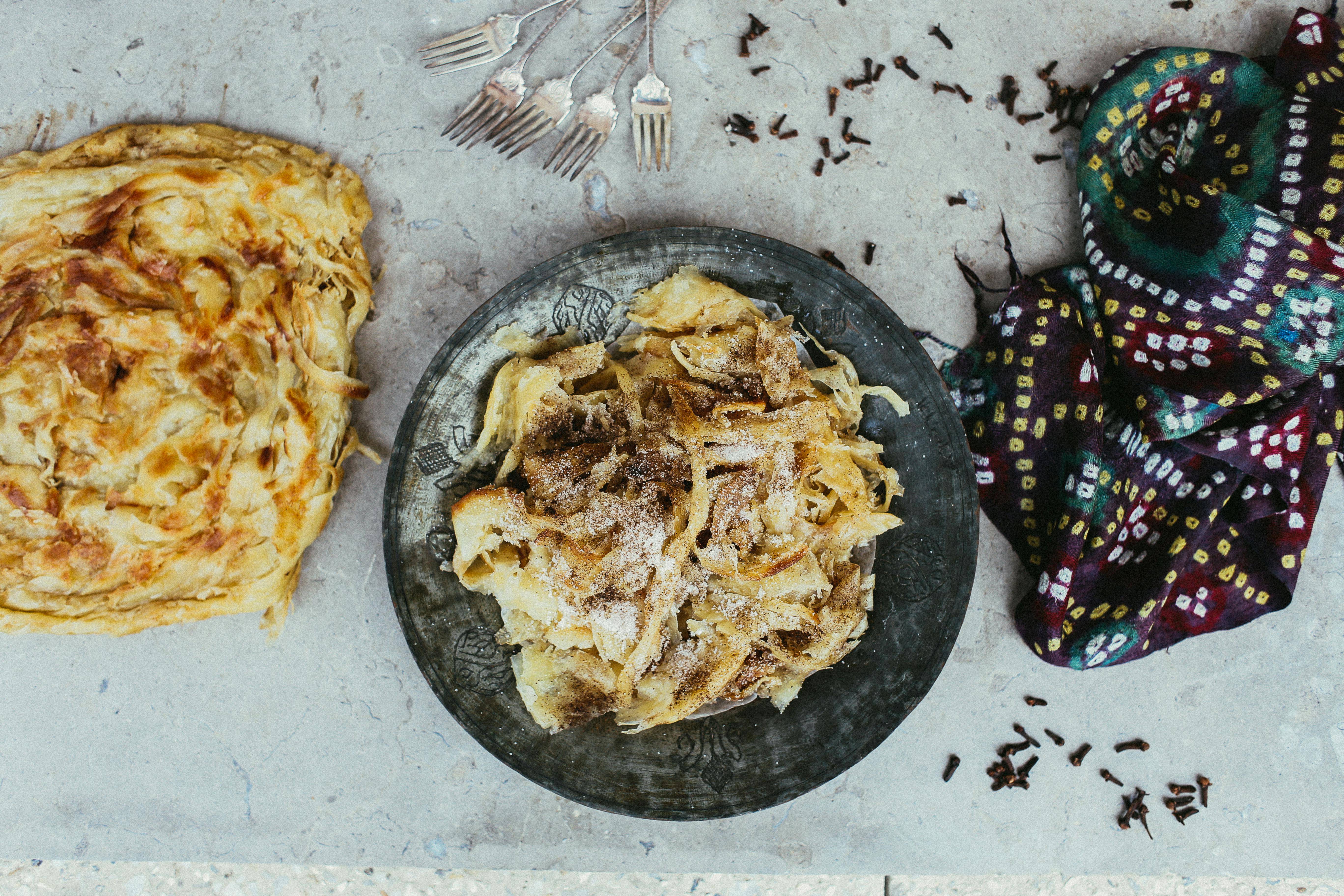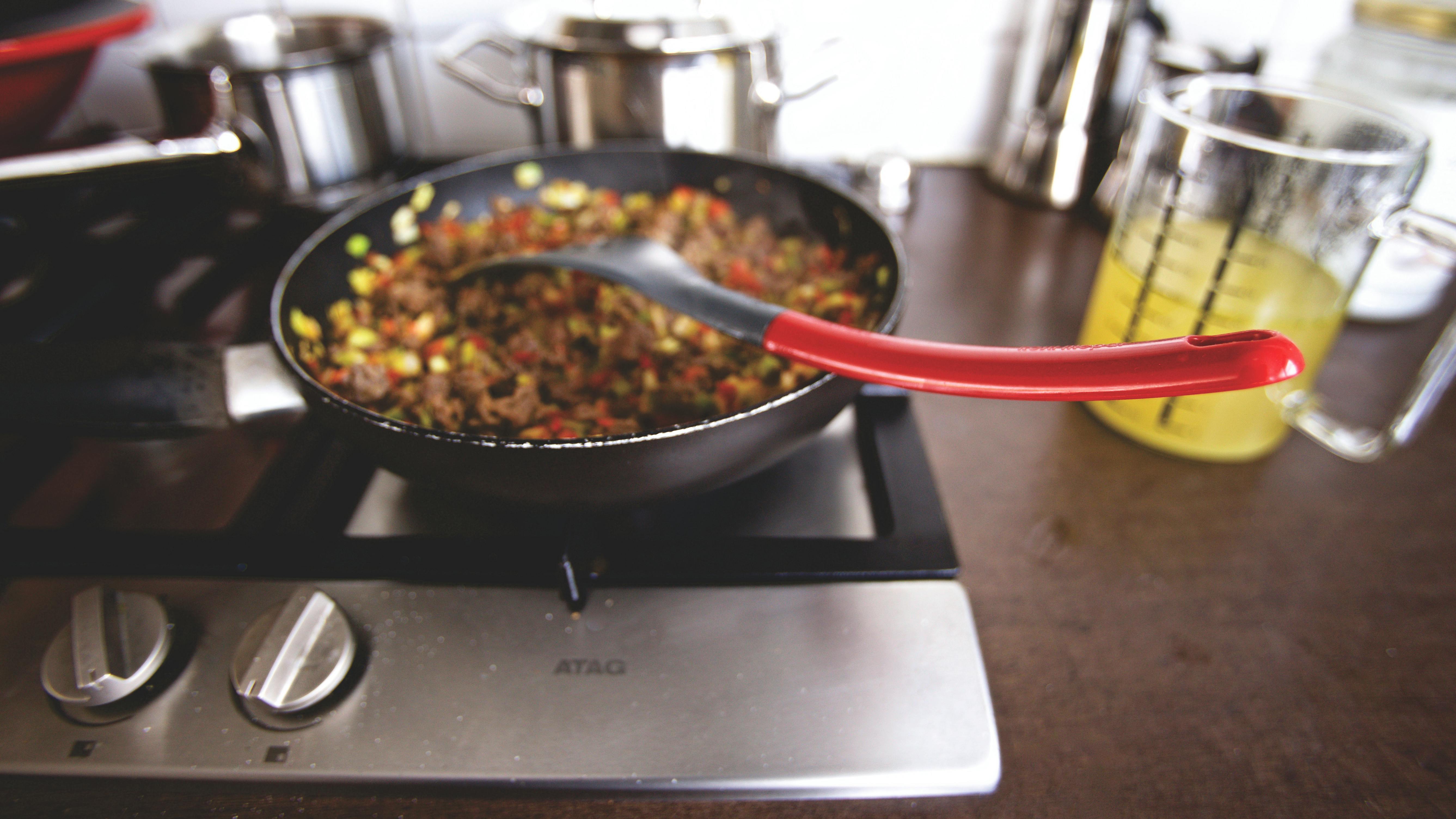Quartz is one of the strongest materials on the planet, making it ideal for your new countertop space. The durability, customization and beauty of quartz make it a designer’s and homeowner’s dream. Quartz starts out as crystals in the ground and goes through an interesting process to become a countertop – read on to find out more.
quartz basics
Quartz is the second most commonly found mineral on earth, and some of its varieties are considered semi-precious gemstones. It forms a crystal structure that is generally hexagonal in shape, and this structure makes it one of the hardest minerals on earth. Quartz comes in many different colors, but the most commonly used quartz for countertops is usually off-white or clear.
in the quarry
Quartz is mined on every inhabited continent on earth. To get to the quartz, heavy machinery and explosives are used to break up any ground or stone blocking access. Once the quartz is exposed, extraction is a simple process. Miners can pick up loose crystals with their hands and loosen fixed crystals with shovels and pickaxes.
grinding
Unlike other stone countertop materials, quartz does not come in large sheets, so artificial processing is necessary to make it into a solid slab. Once the crystals have been harvested, they are ground up so they can create countertops. A fine grind allows for a more uniform appearance on the counter, while a coarser grind allows the countertop to have more shine and depth.
Mixing with Resin
Ground quartz is now mixed with a coloring agent and a small amount of resin to create a hard countertop surface. The amount of color and resin is minimal: only about 3% of a quartz countertop is anything other than pure quartz. However, coloring can make a big difference; you can have a quartz countertop in just about any color imaginable! Other materials can also be added at this point if the customer wishes, including varieties of semi-precious quartz, recycled glass, or small flecks of precious metals.
slab training
Once mixing is complete, the quartz material is pressed into a mold and then cured in an oven. The trim can be customized to allow the consumer to determine a border style and countertop dimensions. After curing, the countertop is allowed to harden and cool. At this point you have a gloss finish and only need the holes for the sink, stove, faucet or fixtures made prior to installation.
Installations
Once the appropriate fixing holes have been made, your quartz countertop is ready to be installed in your home. Most quartz manufacturers only guarantee work that is professionally installed, so it is recommended that you have your new quartz countertop installed by a professional. When the adhesive has dried and the fixtures have been mounted to your counter, you are ready for many happy years in your home.



